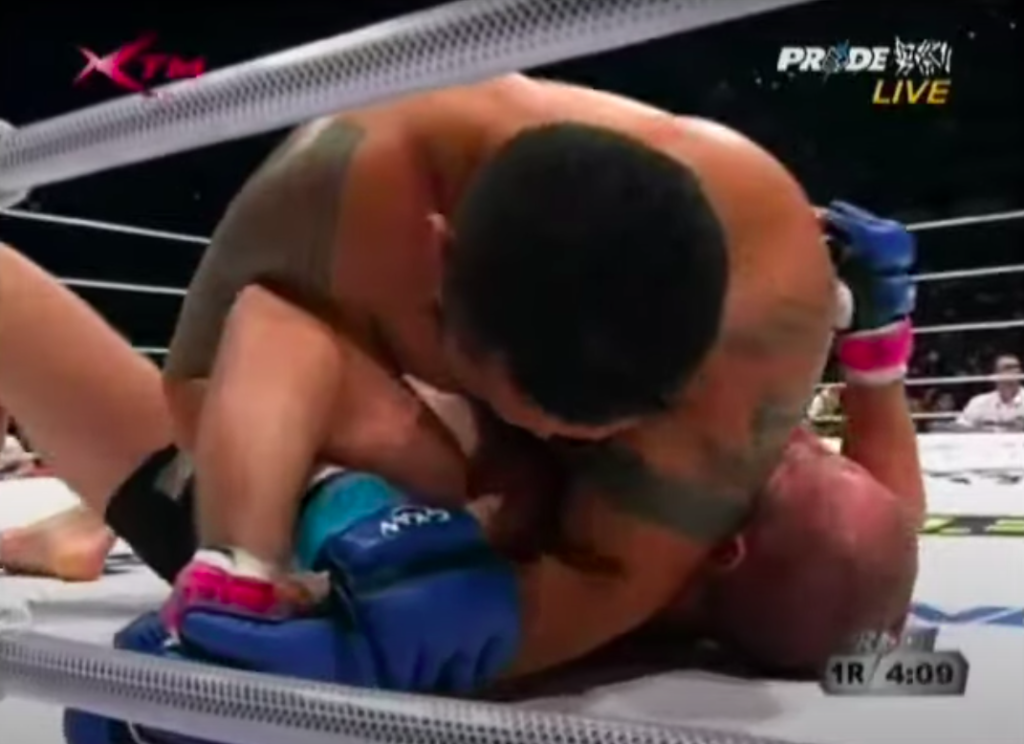Flexibility and Sports Performance
Compared to other physical qualities, not much is written about flexibility when it comes to sports performance. Ironic when you consider the ability to express your strength, speed, endurance and sporting skills is mute without a healthy range of motion at each joint.
There’s also a performance advantage hiding in plain sight. The catch is two fold though. Firstly you’ve got to be open to it. Then secondly you’ve got to invest the time and focus to stretch consistently. And if you really wish to go places getting your flexibility assessed followed by an individualised flexibility program appropriately integrated into your training long term is like fishing with dynamite.
Those who do rave about it. The challenge is that you don’t see it or hear much about it while I’ve been surrounded by it for decades.
We humans are a funny lot. Often keeping things that work for us quiet. Especially when it involves competition.
About 15 years ago two athletes competing together for Australia in South Africa were rooming together. One had his nutrition and supplementation dialled in and kept it close to his chest. The other not so much at that time.
2-3 years later I tightened up the other athletes’ nutrition and supplementation. He was now using the same products as his former roommate. It wasn’t until a few years later (when they were both sponsored by the same company) the ‘other’ athlete said his former roommate ‘why didn’t you tell me about these products years ago?!
So I get excited when we see evidence of or direct comments about the role of flexibility and performance from the greats. Here are two fantastic examples under very different circumstances. One acute the other chronic. One objective the other subjective. One land based the other ocean based.
Russian Mixed Martial Artist Fedor Emelianenko is considered one of the greatest of all time. In this 2006 MMA fight vs K1 Champion Mark Hunt, Hunt has Fedor’s left arm in a joint lock called an ‘Americana’. Basically placing the shoulder in extreme external rotation. The result of this is either ‘tapping’ out (conceding defeat) or a debilitating shoulder injury and loss of function of that shoulder.
In this case Fedor’s flexibility saved him via being able to tolerate the joint lock before escaping it and winning minutes later via submitting Hunt with a similar joint lock called a ‘Kimura’ named after Japanese Judo legend Kimura Masahiko.

To understand this more clearly, lay flat on your back on the ground mimicking Fedor in the above image. Now have someone CAREFULLY and SLOWLY anchor one of your wrists and see how far they can lift your elbow off the floor, while your wrist is anchored and your shoulders and hips remain flat on the floor as per the image above. Now imagine your forearm being the same angle as Fedor’s…
Hawaiian Mike Stewart is also one of the greatest of all time. He’s 9 x Bodyboarding World Champion, 14 x Pipeline Classic Body Surfing Champion and after 40+ years of competition he’s still one of the best and most respected watermen in the world at 60 years old. Stewart recently wrote:
“For me, good riding style is about having a conservation of effort. That is, finding the balance between activating or constricting the specific muscles that you need to maximise a move and relaxing all the others.
Working on one’s suppleness or flexibility seems most helpful for this, not just because it increases mobility and range of motion but it also helps with muscle awareness and coordination.
I like this particular move because there isn’t a lot of unnecessary movements constricting the rotational speed. When things flow with this balance, It’s a most satisfying feeling.
You may have heard the military term “slow is smooth, smooth is fast” which seems to sum up this idea”.1

Minimising or ignoring this wisdom is opportunity cost at its greatest. There will never be controlled published peer reviewed research that encompasses Mike Stewart’s history of riding some of the biggest, scariest, life threatening waves around the world for over 40 years consistently.
I suggest he has feel, insights and experiences relating to specific skills and techniques that are unmatched. Now add to this the longevity of his career and we’re in uncharted waters.
As Stewart wrote ‘Working on one’s suppleness or flexibility seems most helpful for this, not just because it increases mobility and range of motion but it also helps with muscle awareness and coordination’.
Knowingly or unknowingly he’s discussing flexibility beyond its commonly referred to role in terms of range of motion. He’s now talking about the impact flexibility has had on is proprioception, coordination and muscles that fire optimally when they need to, in critical situations. This happens when our muscles, the nerves that innervate our muscles, bones and our joints (articulating surfaces) are in a healthy state.
So much of this, not all but a large competent, comes from high quality stretching, which we know isn’t happening and isn’t common because of the epidemic of muscle tears, nerve pain, bone damage and joint injuries (articulating surface injuries including cartilage, meniscus, bursa, etc) that plague sports people and society in general.
What’s this got to do with you?
Everything!
Feeling the changes you will have in your body from quality stretching is not something you can intellectualise or think through. You have to feel it. Experiencing it is the only way to understand the impact it’s going to have on you.
Until you do these words are just more words.
Reference:
- https://www.instagram.com/p/CrRMO0AtlTN/
